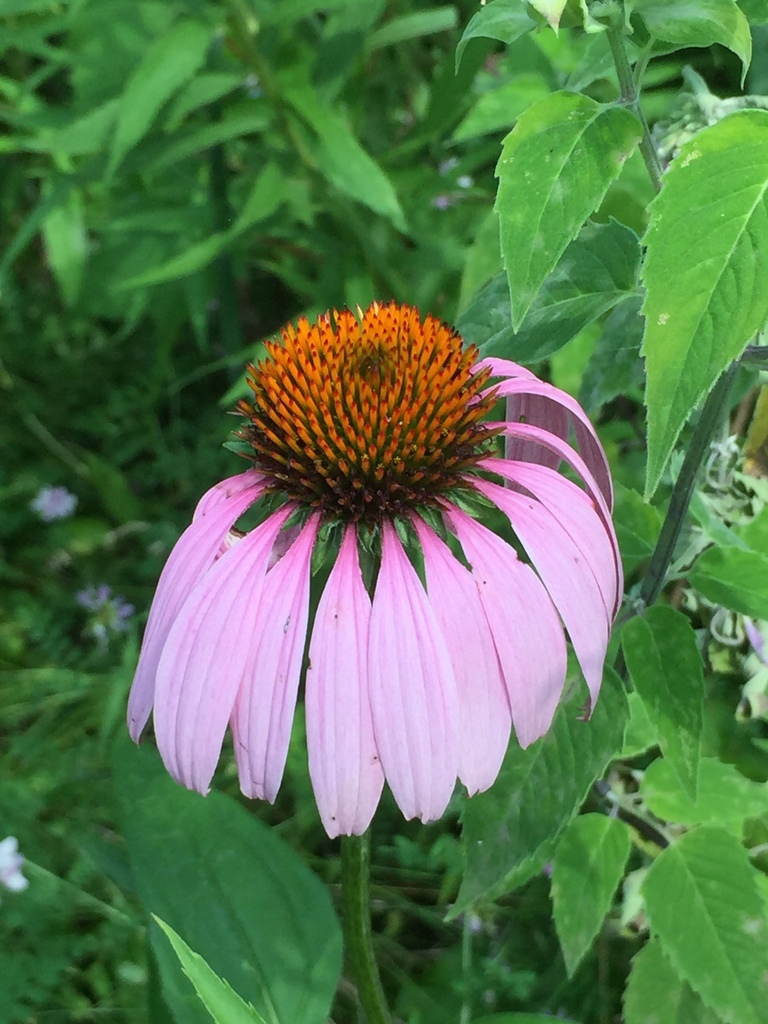Our spring newsmagazine featured Cliff’s top ten hidden gems of birding. Here is the fifth of a blog series on these birds, by guest blogger Ed Pope.
The red-shouldered hawk can be found year-round in Indiana. It is one of nine hawk species that inhabit our state. Its breeding territory includes the eastern United States and southeastern Canada.
During winter, its range shifts slightly. Birds from Canada and New England move southward, while most birds further south do not migrate, although some venture into Mexico. There is also a separate, mostly nonmigratory population along the west coast from southern Oregon down to Baja California.
The red-shouldered hawk should not be confused with the red-tailed hawk. The best way to tell them apart is by the tail. Naturally, the red-tailed hawk’s is red. The tail of the red-shouldered hawk has wide dark bands separated by narrow white ones. The rest of the red-shouldered hawk’s plumage is mostly reddish-brown in color. Compared to other hawks, it is medium-sized, roughly the same size as a mallard duck.
The preferred habitat of the red-shouldered includes two things: tall trees and water. It makes its nest in the main crotch of tall deciduous trees.
Red-shouldereds’ prey includes a variety of small animals, such as mice, frogs and snakes. They use two distinct methods of hunting. Sometimes they look for prey by soaring overhead. They can also sit on a perch such as a tall tree or power line and watch for their quarry. Barred owls are often found in the same areas as the red-shouldered hawk.
The breeding population of the red-shouldered hawk is slightly over one million birds. In the past 50 years, this number has increased, most likely due to the banning of DDT. Currently, its biggest threat is habitat loss as mature forests are cleared.
With luck, you may see one of these beautiful birds at Fred and Dorothy Meyer Nature Preserve. Below is a video showing a red-shouldered hawk perched on a tree, with its call audible.

Ed Pope
Guest Blogger